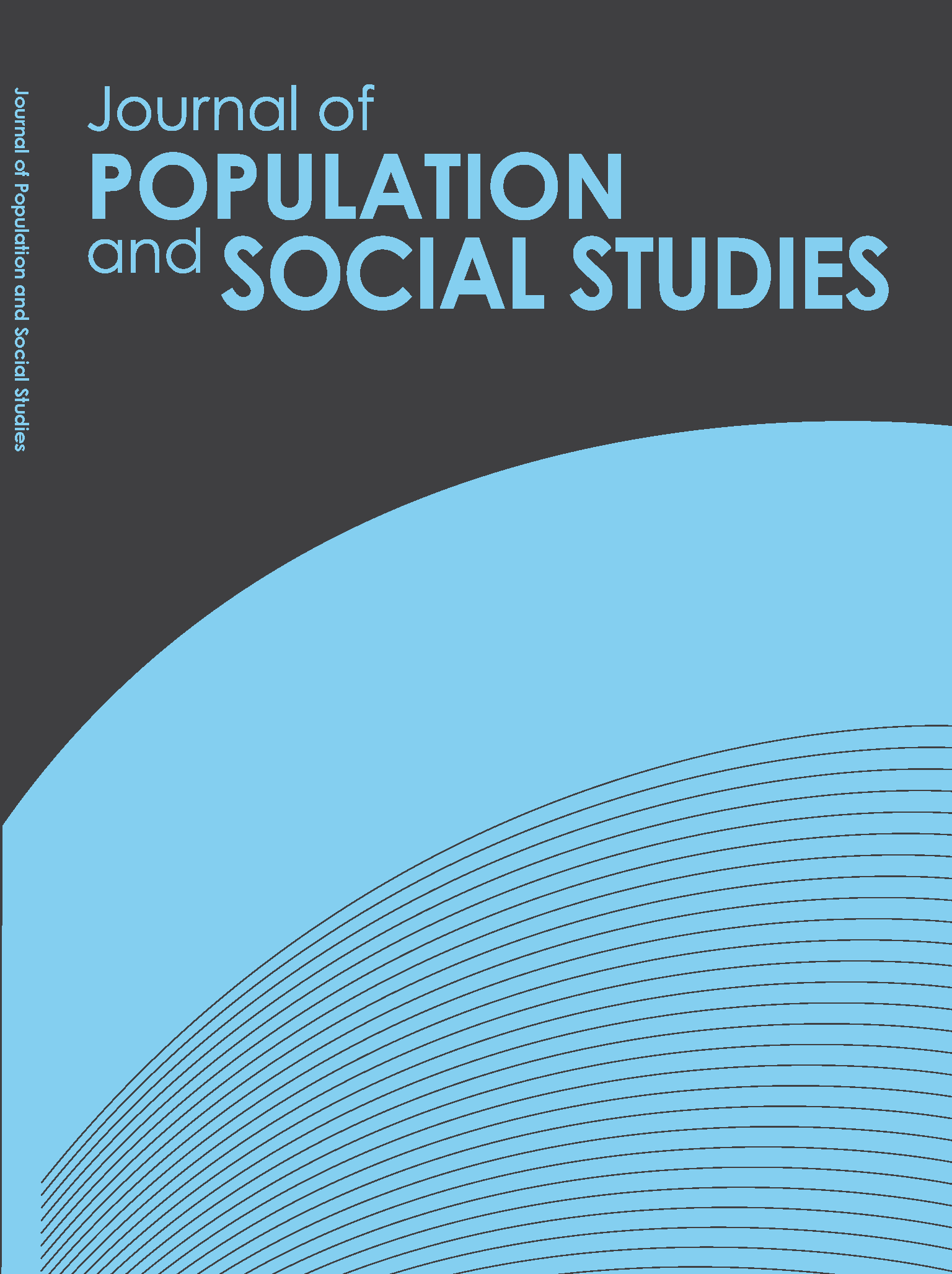Creativity Quotient of Undergraduate Students in Higher Education Institutes within Thailand
Main Article Content
Abstract
The creativity quotient (CQ) is an essential competency strongly linked to the innovation of a person’s future development. Creativity quotient scores are calculated by ideational fluency scoring and are derived from the fluency and flexibility of the responses. A total of 1,200 undergraduate students from various types of universities (public and autonomous, Rajabhat University, Rajamangala University of Technology, and private) within Thailand were tested using a classical divergent thinking task to measure CQ. The purpose of this study was to evaluate and compare the demographic characteristics, and the CQ of undergraduate students in Thailand. The results revealed a statistically significant difference (p < 0.01) among the type of university, gender, field of study, year of study, and Grade Point Average (GPA). The highest CQ score among undergraduate students was 18, and the lowest score was 0. The total average CQ score was 5.74, and the standard deviation was 2.82. Moreover, the results indicated that students who studied in the Rajabhat University had the highest CQ scores. The study also showed that year 4 and above female students in Humanities and Social Sciences with GPAs between 3.51 and 4.00 had the highest CQ scores. These findings may be used as the primary data for educators and administrators in higher education to develop strategies to enhance students’ creativity and innovation.
Article Details
References
• Awamleh, H., Farha, Y, A., & EI-Zraigat, I. (2012). The level of creative abilities dimensions according to Torrance Formal Test (B) and their relationship with some variables (Sex, Age, GPA). International Education Studies, 5(6), 138-148. https://doi.org/10.5539/ies.v5n6p138
• Bossomaier, T., Harré, M., Knittel, A., & Snyder, A. (2009). A semantic network approach to the creativity quotient (CQ). Creativity Research Journal, 21(1), 64-71. https://doi.org/10.1080/10400410802633517
• Gajda, A. (2016). The relationship between school achievement and creativity at different education stage. Thinking Skills and Creativity, 19, 246-259. https://doi.org/10.1016/j.tsc.2015.12.004
• Independent Committee on Education Reform (ICER). (2019). National Education Reform Plan. https://drive.google.com/file/d/1q_4TFya_ugGnQr8wpgHxmWgnDYnRxbWK/view
• Kanjanawasri, S. (2019). ทฤษฎีการประเมิน [Assessment Theory]. (9th ed.). Chulalongkorn University Press.
• Kim, K. H. (2011). The Creativity Crisis: The decrease in creative thinking scores on the Torrance Tests of Creative Thinking. Creativity Research Journal, 23(4), 285-295. http://dx.doi.org/10.1080/10400419.2011.627805
• Krumm, G. L., Arán Filippetti, V., & Aranguren, M. (2015). Efectos del Sexo y la edad en la creatividad verbal en adolescentes y jóvenes de Habla Hispana [Effects of gender and age on verbal creativity in speaking Spanish adolescents and young adults]. Acta Psiquiátrica y Psicológica de América Latina, 61(3), 184-194. http://hdl.handle.net/11336/102081
• Leahy, K. (2016). Winning the future: An investigation into the creativity capacity across the levels of education in Ireland. Creativity Research Journal, 28(2), 188-197. https://doi.org/10.1080/10400419.2016.1162543
• Lucas, G. J. M., van der Wijst, A., Curşeu, P. L., & Looman, W. M. (2013). An evaluation of alternative ways of computing the Creativity Quotient in a design school sample. Creativity Research Journal, 25(3), 348-355. https://doi.org/10.1080/10400419.2013.813811
• Office of the Higher Education Commission [OHEC]. (2018). 20-Year Higher Education Plan 2018–2037. http://nscr.nesdb.go.th/wp-content/uploads/2019/10/National-Strategy-Eng-Final-25-OCT-2019.pdf
• Office of the National Economic and Social Development Council (NESDC). (2017). Summary of the Twelfth National Economic and Social Development Plan 2017-1982. https://www.nesdc.go.th/ewt_dl_link.php?nid=9640
• Palmiero, M., Di Giacomo, D., & Passafiume, D. (2014). Divergent thinking and age-related changes. Creativity Research Journal, 26(4), 456–460. https://doi.org/10.1080/10400419.2014.961786
• Runco, M. A. (2017). Creativity and Education. London: SAGE Publications.
• ISBN 978-147-39-0644-0
• Runco, M. A. & Acar, S. (2012). Divergent thinking as an indicator of creative potential. Creativity Research Journal, 24(1), 66-75. https://doi.org/10.1080/10400419.2012.652929
• Saengpanya, W. (2018). จิตวิทยาการเรียนการสอน [Teaching and Learning Psychology]. Chulalongkorn University Press.
• Snyder, A., Mitchell, J., Bossomaier, T., & Pallier, G. (2004). The creativity quotient: An objective scoring of ideational fluency. Creativity Research Journal, 16(4), 415- 419. https://doi.org/10.1080/10400410409534552
• Stauffer, B. (2020, March 19). What Are 21st Century Skills? Applied Educational Systems. https://www.aeseducation.com/blog/what-are-21st-century-skills
• Tanujaya, B., Mumu, J., & Margono, G. (2017). The relationship between higher order thinking skills and academic performance of student in mathematics instruction. International Education Studies, 10(11), 78-85. https://doi.org/10.5539/ies.v10n11p78


